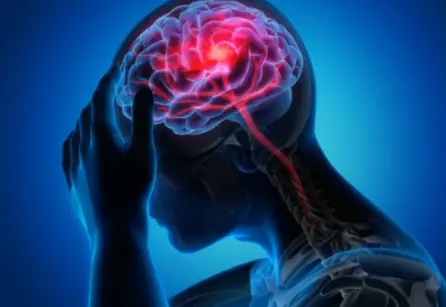 Welcome
Welcome
“May all be happy, may all be healed, may all be at peace and may no one ever suffer."
Hypotensive anesthesia - Generics
Hypotensive anesthesia is a technique used during surgery to reduce bleeding and improve visualization of the surgical field. The primary goal of this technique is to lower blood pressure to a safe level while maintaining adequate blood flow to vital organs such as the brain, heart, and kidneys. This technique can be achieved through various methods such as using specific anesthetic agents, adjusting the patient's fluid and electrolyte balance, or using medications that directly lower blood pressure.
Hypotensive anesthesia is typically used for surgeries that involve areas with high blood flow, such as the brain or liver, or surgeries where bleeding is a significant concern, such as orthopedic surgeries. The benefits of hypotensive anesthesia include reduced bleeding, improved visualization of the surgical field, and decreased risk of blood loss and transfusions. However, it is important to note that hypotensive anesthesia can also increase the risk of complications such as organ damage and decreased tissue oxygenation, and therefore should only be used under the supervision of a qualified anesthesia provider.
There are several methods that can be used to achieve hypotensive anesthesia. One method involves the use of specific anesthetic agents such as propofol, which can cause a decrease in blood pressure. Another method involves adjusting the patient's fluid and electrolyte balance to reduce blood volume, which can result in lower blood pressure. This method is typically used in patients with pre-existing conditions such as heart failure or kidney disease. Additionally, medications such as nitroglycerin or beta-blockers can be used to directly lower blood pressure.
One common technique used in hypotensive anesthesia is called "controlled hypotension." In this technique, the anesthesia provider carefully monitors the patient's blood pressure and adjusts the anesthetic agents and medications to maintain a specific target blood pressure. The goal is to achieve a blood pressure that is low enough to reduce bleeding but high enough to maintain adequate blood flow to vital organs.
There are several potential risks associated with hypotensive anesthesia. One of the main risks is organ damage due to decreased blood flow and oxygenation. This risk can be minimized by carefully monitoring the patient's vital signs and adjusting the anesthetic agents and medications as needed. Other potential risks include increased risk of infection, decreased wound healing, and prolonged recovery time.
In conclusion, hypotensive anesthesia is a technique used during surgery to reduce bleeding and improve visualization of the surgical field. This technique can be achieved through various methods such as using specific anesthetic agents, adjusting the patient's fluid and electrolyte balance, or using medications that directly lower blood pressure. The benefits of hypotensive anesthesia include reduced bleeding, improved visualization of the surgical field, and decreased risk of blood loss and transfusions. However, it is important to note that hypotensive anesthesia can also increase the risk of complications such as organ damage and decreased tissue oxygenation, and therefore should only be used under the supervision of a qualified anesthesia provider.

Non-tubercular mycobacter...

Cancer Prevention

Cerebrovascular disease

Chemotherapy-induced neut...

Neurosyphilis

Empyema

Skin rash

Parenteral fat emulsions
Hypotensive anesthesia, হাইপোটেরিয়াস অ্যানাস্থেসিয়া
To be happy, beautiful, healthy, wealthy, hale and long-lived stay with DM3S.